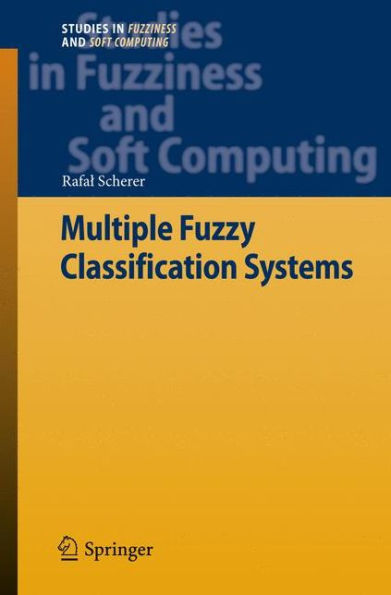The present book discusses the three aforementioned fields – fuzzy systems, rough sets and ensemble techniques. As the trained ensemble should represent a single hypothesis, a lot of attention is placed on the possibility to combine fuzzy rules from fuzzy systems being members of classification ensemble. Furthermore, an emphasis is placed on ensembles that can work on incomplete data, thanks to rough set theory.
.The present book discusses the three aforementioned fields – fuzzy systems, rough sets and ensemble techniques. As the trained ensemble should represent a single hypothesis, a lot of attention is placed on the possibility to combine fuzzy rules from fuzzy systems being members of classification ensemble. Furthermore, an emphasis is placed on ensembles that can work on incomplete data, thanks to rough set theory.
.
Multiple Fuzzy Classification Systems
132
Multiple Fuzzy Classification Systems
132Paperback(2012)

Product Details
| ISBN-13: | 9783642436574 |
|---|---|
| Publisher: | Springer Berlin Heidelberg |
| Publication date: | 07/18/2014 |
| Series: | Studies in Fuzziness and Soft Computing , #288 |
| Edition description: | 2012 |
| Pages: | 132 |
| Product dimensions: | 6.10(w) x 9.25(h) x 0.01(d) |
